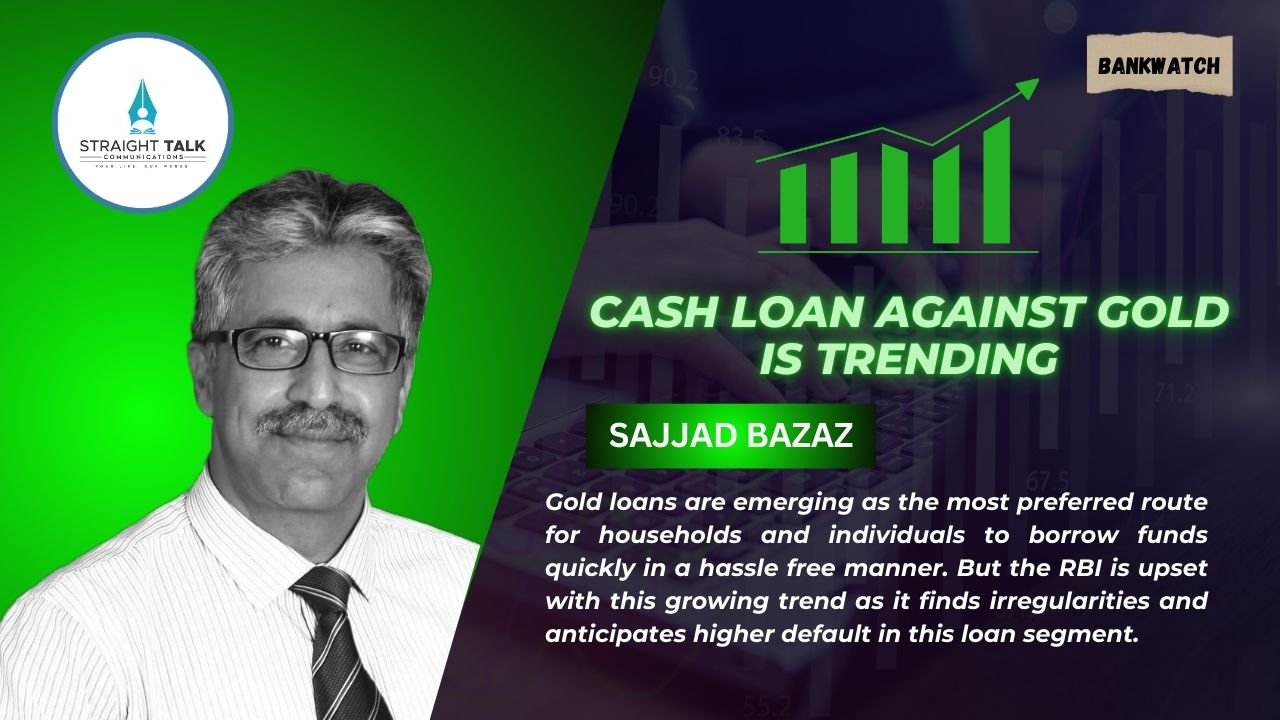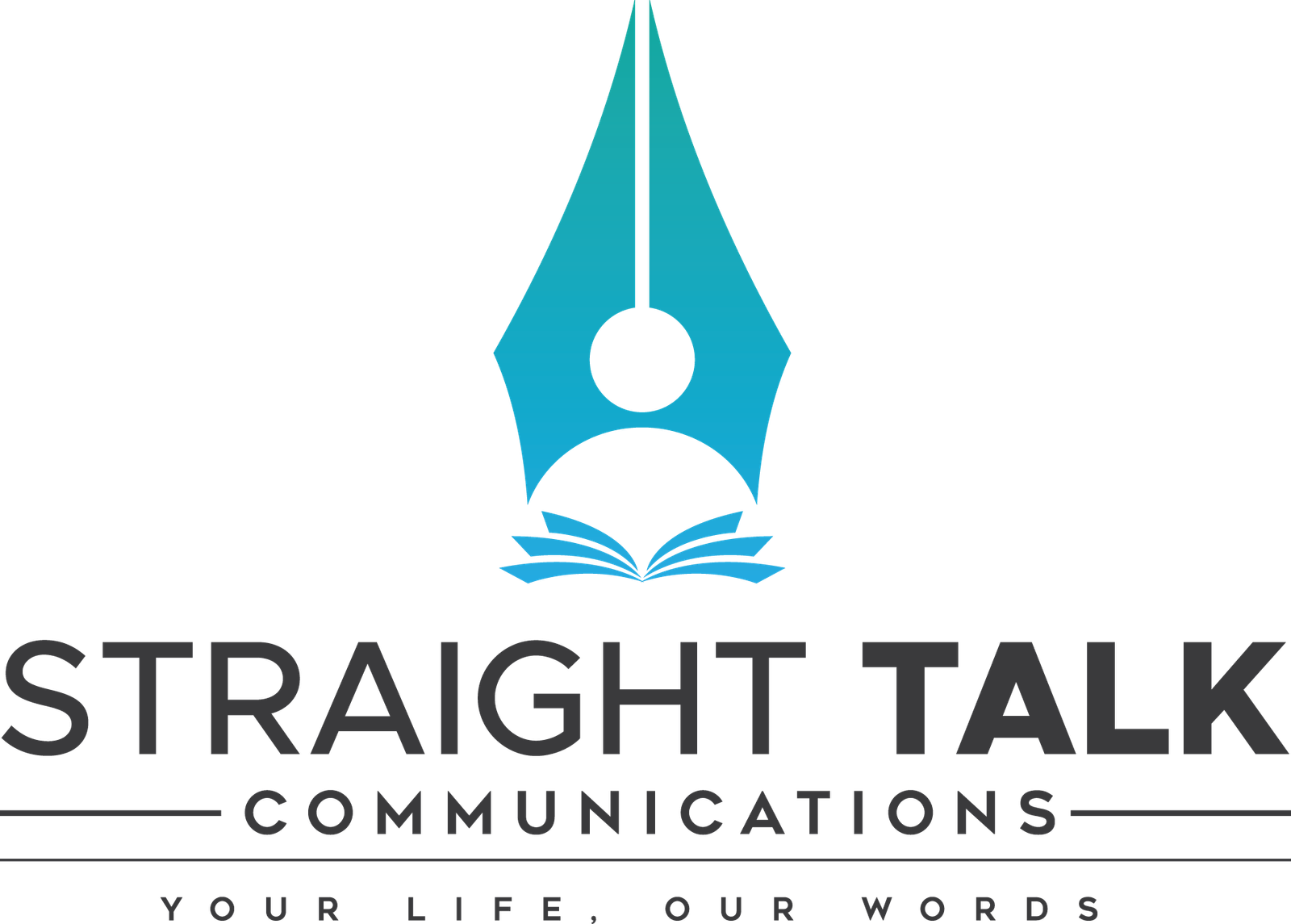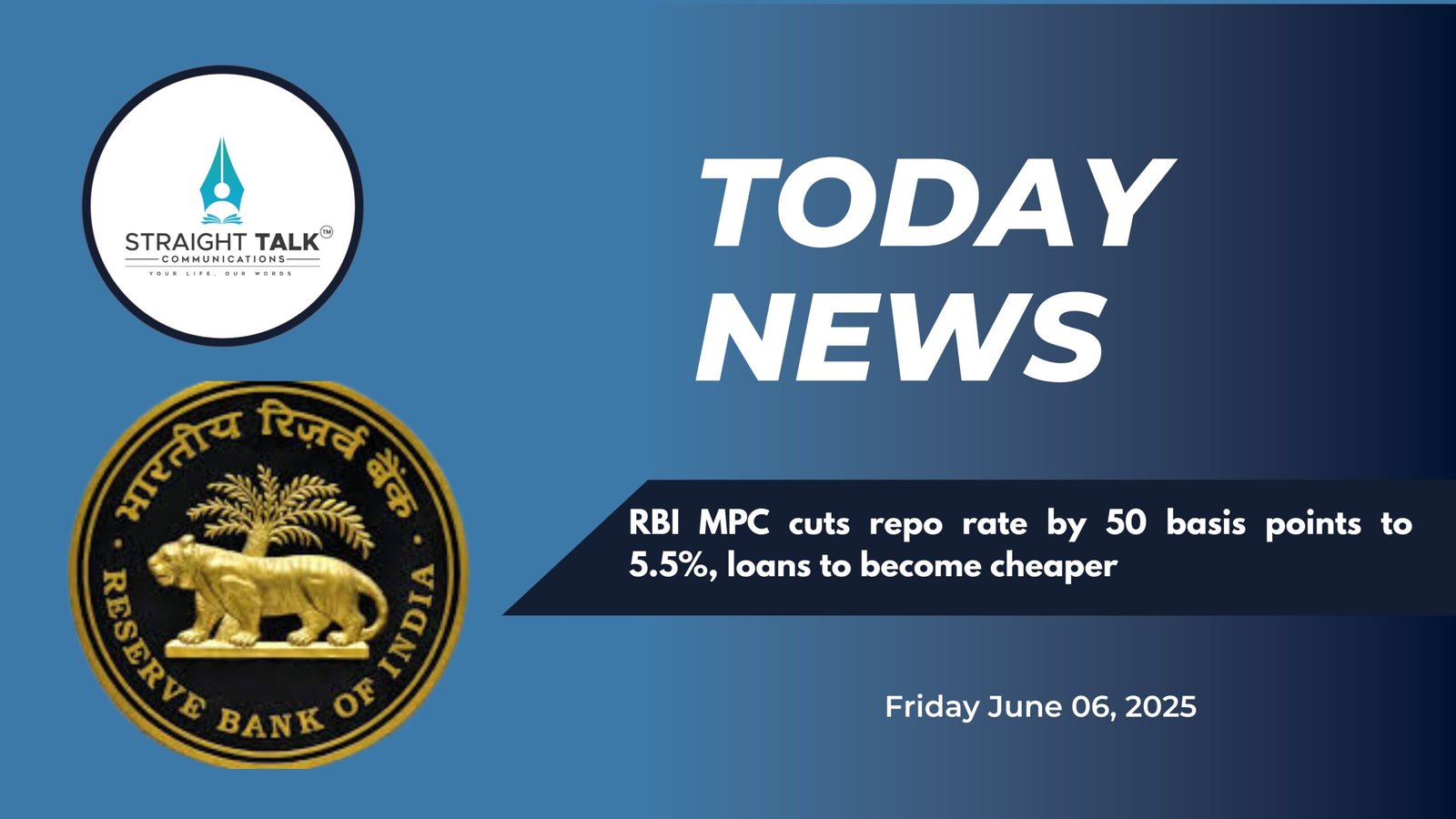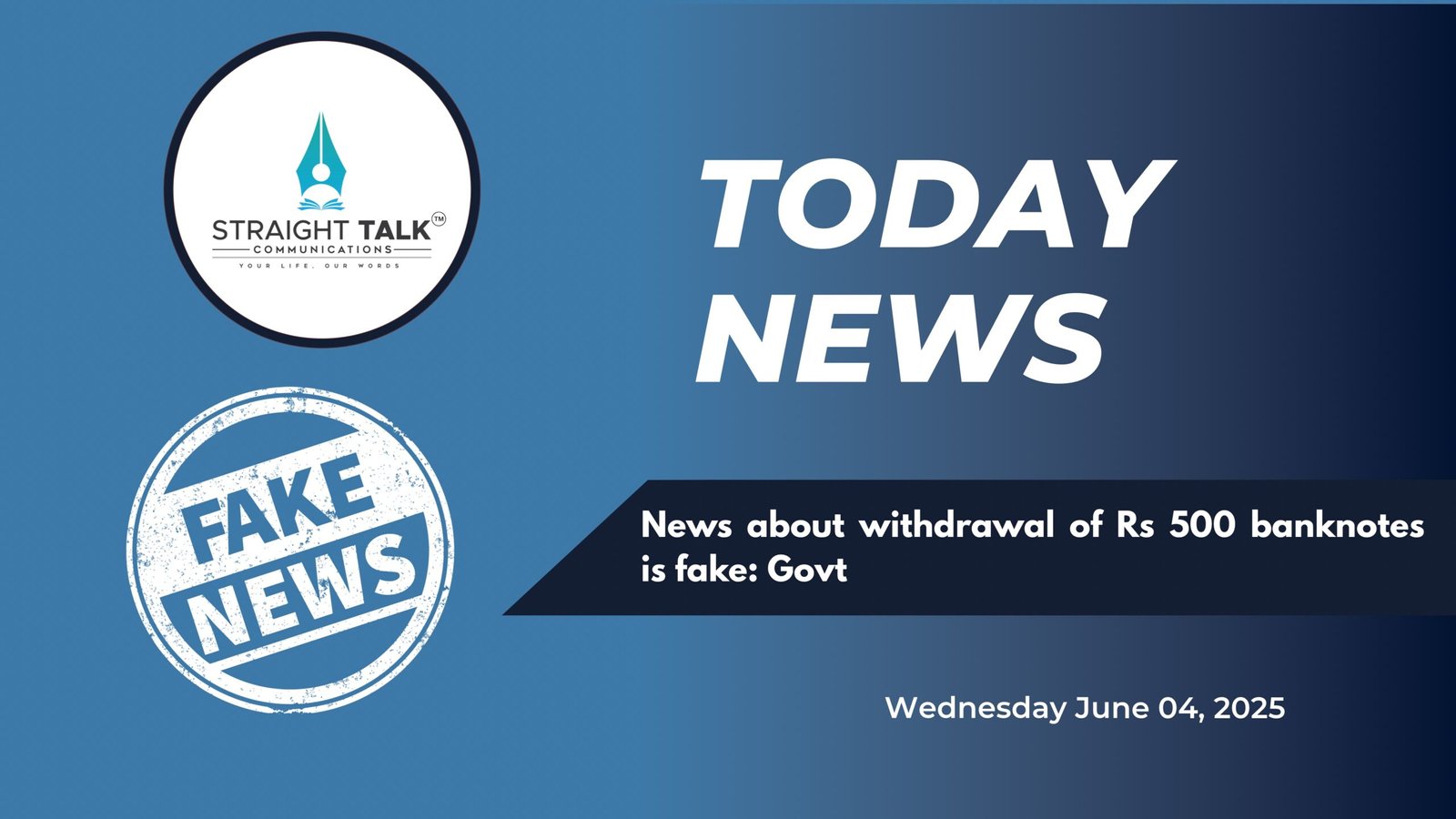Cash Loan Against Gold Is Trending

Gold loans are emerging as the most preferred route for households and individuals to borrow funds quickly in a hassle free manner. But the RBI is upset with this growing trend as it finds irregularities and anticipates higher default in this loan segment.
Sajjad Bazaz
Gold is a commodity which can link you to the bank to meet your financial requirements. A chain of banks and other financial institutions offer loans against gold at attractive interest rates. Over a period of time the gold loan segment has turned out to be one of the fastest growing businesses in India and more and more people are boarding the platform as they borrow money against their gold jewellery. In other words, gold loans are gaining respect.
All you have to do is to pledge/mortgage your gold with a bank and get a loan up to 75% of the market value of the gold you own. However, the percentage varies from bank to bank. Even repayment of the loan is extremely flexible with an option to pay only interest during the entire term and you can make a bullet payment of the principal amount at the end of the tenure.
However, a question is worth asking. How useful is it to take out a loan by pledging gold? Before responding to this question, it makes sense to understand the current scenario around the gold loans in India.
Over the past few years, especially after the outbreak of covid 19 pandemic, gold loans became the most preferred route for households and individuals to borrow funds quickly in a hassle free manner. As gold prices have been on an ascent, there has been a rush for new business among banks, especially public sector banks, in the past couple of years. At the end of 2024, the total gold loan portfolio of banks was reported at Rs 1.7 lakh crore, taking their share of the category to over 80%. In the nine months ended December 2024, this segment saw a 72% growth against 7.6% rise in the broader personal loan segment.
Why has demand for gold loans surged significantly? It is attributed to the surge in gold prices. With global uncertainty driving up gold prices, gold has become a more attractive asset, both as an investment and collateral. Besides, limited access to unsecured loan facilities has been driving people to use gold to obtain funds from the regulated lenders.
Why is there limited access to unsecured loans? The Post Covid era witnessed a sharp rise in unsecured loans. The unprecedented growth didn’t go well with the Reserve Bank of India (RBI) as it anticipated higher default in this category of loan. To bring the growth in unsecured loans to normal level, the RBI recently increased risk weights on unsecured personal loans, which meant banks and non-banking financial companies (NBFCs) had to reserve more capital against such credit card and personal loans.
Notably, gold loans are quick to process, require minimal documentation, and offer a flexible solution in uncertain economic times. For instance, in September 2024, gold loans rose by an impressive 51%, outpacing the 11.4% growth in personal loans.
Now unprecedented growth in gold loans is not exciting the RBI. Gold loan defaults have surged significantly, creating concern among lenders. As of June 2024, gold loan non-performing assets (NPAs) have risen by 30 per cent to Rs 6,696 crore, up from Rs 5,149 crore just three months earlier, according to Reserve Bank of India (RBI) data.
The data reveals that commercial banks reported a 62 per cent increase in gold loan NPAs, which rose to Rs 2,445 crore in June 2024 from Rs 1,513 crore in March 2024. Non-banking financial companies (NBFCs) saw a smaller but significant 24 per cent increase in NPAs, reaching Rs 4,251 crore from Rs 3,636 crore during the same period.
Why are gold loan defaults rising? The slowing economy is reported to have affected income levels, leaving borrowers unable to repay their gold loans. Many customers pledged gold to cover household expenses, education fees, and medical costs, only to find themselves unable to meet repayment demands.
The apex bank has identified irregularities in gold loan practices. The weak monitoring of loan-to-value ratios, incorrect risk assessments and lack of transparency in gold auctions led to such large-scale defaults.
The RBI plans to ask banks to follow stricter underwriting processes and monitor the end-use of funds to ensure that any growth in the gold loan sector is not out of bounds. The apex bank has taken it very seriously that banks auctioned gold without informing borrowers who had defaulted. Precisely, among other things, the regulator wants banks to examine borrowers’ repayment capacities and not rely solely on collateral.
In the given scenario, it is imperative to evaluate how useful it is to take out a loan by pledging gold?
Making your yellow metal talk, you should first look at your financial position. Question yourself on the confidence front. If you are confident of returning the money in time, then explore the gold loan option.Otherwise, default in repayment will result in penalties and chances are you may lose ownership of your commodity.
It’s important to understand key aspects before pledging your gold for a cash loan. Know about the Loan-to-Value (LTV) ratio. It determines how much you can borrow against your gold. Besides, have all knowledge about interest rates, repayment options, and other terms and conditions governing the loan facility. Understanding the repayment schedule can help you to align your loan liability with your financial plans.
Timely repayments not only protects your assets but also builds your credit score.
(The author is Editor-in-Chief, Straight Talk Communications. He is former Head of Corporate Communications & CSR Department and Internal Communications & Knowledge Management Department, J&K Bank)







